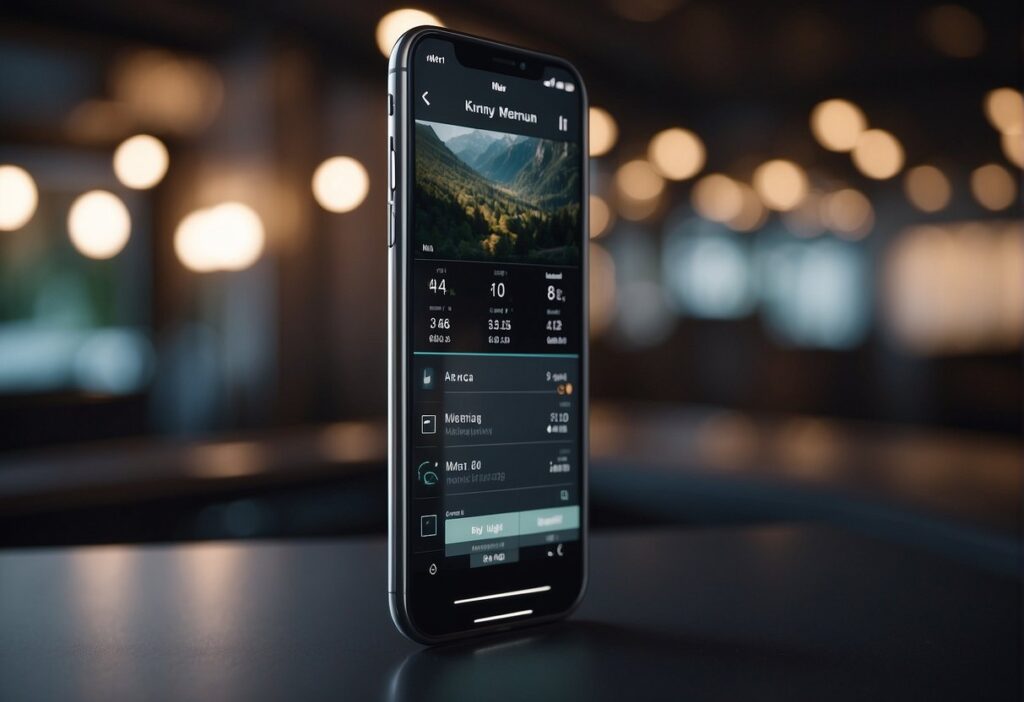Mobile navigation menu layouts are a crucial aspect of mobile app design that can have a significant impact on user experience. A well-designed menu layout can provide users with easy access to information and features, while a poorly designed layout can lead to frustration and confusion.
To ensure the best possible user experience, it is important to follow best practices for mobile navigation menu layout design.
Understanding mobile navigation is the first step to designing an effective menu layout.
There are several different types of mobile navigation, including hamburger menus, tab bars, and bottom navigation bars. Each type has its own strengths and weaknesses, and the choice of navigation type will depend on the specific needs of the app and the preferences of the target audience.
Designing the menu layout involves considering factors such as the number of menu items, the size of the screen, and the layout of the rest of the app.
Interactive elements such as icons and animations can also be used to enhance the user experience.
Best practices for usability include keeping the menu simple and easy to navigate, using clear and concise labels, and avoiding clutter and unnecessary elements.
Optimizing for different devices is also important, as the menu layout may need to be adjusted for different screen sizes and resolutions.
Key Takeaways
- Understanding mobile navigation is crucial for designing an effective menu layout.
- Designing the menu layout involves considering factors such as the number of menu items, the size of the screen, and the layout of the rest of the app.
- Best practices for mobile navigation menu layout design include keeping the menu simple and easy to navigate, using clear and concise labels, and optimizing for different devices.
Understanding Mobile Navigation
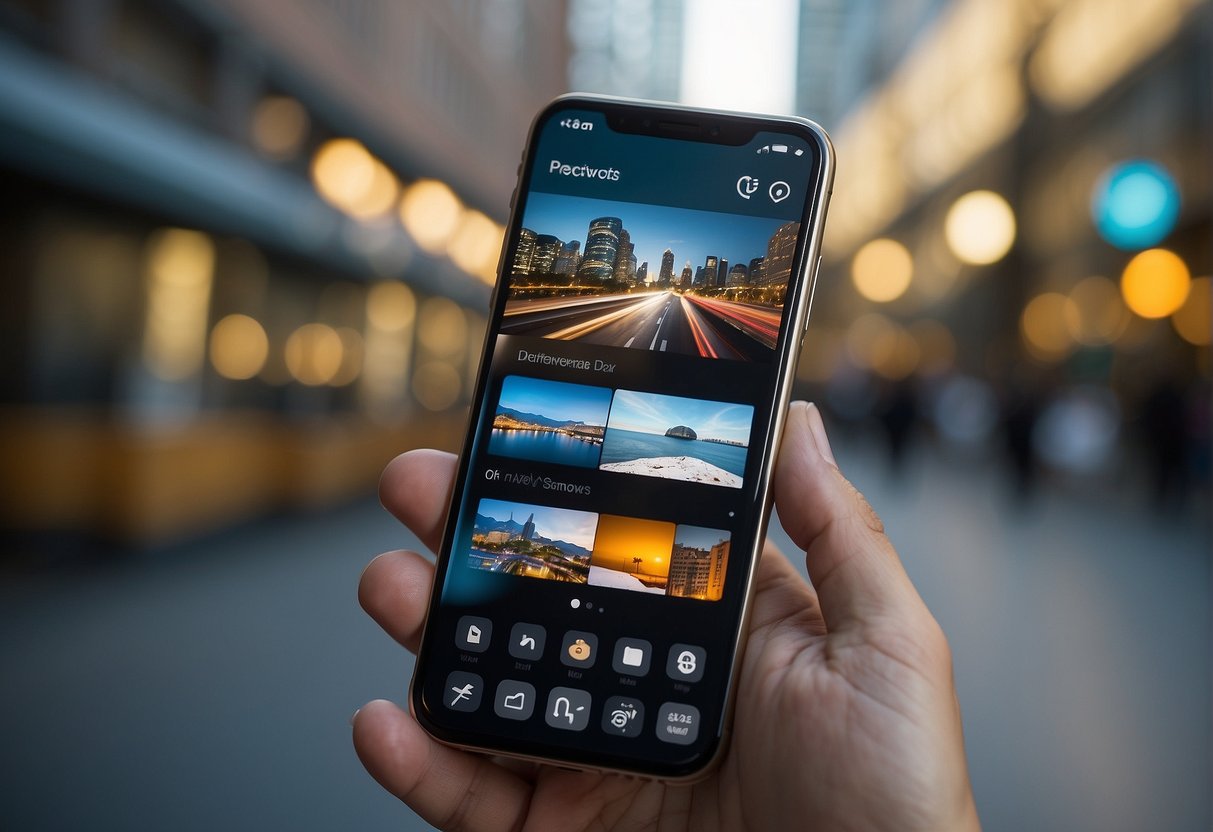
Mobile navigation is a crucial aspect of any mobile application. It is the primary way for users to interact with the app and access its features. Therefore, it is essential to have a clear and intuitive navigation system that provides a seamless user experience (UX).
The Importance of User Experience
User experience (UX) is a critical factor in the success of any mobile application. A good UX ensures that users can easily navigate the app, find what they are looking for, and complete their tasks efficiently.
On the other hand, a poor UX can frustrate users, leading to high bounce rates, low engagement, and negative reviews.
Mobile navigation plays a vital role in the overall UX of an app. It enables users to move between different screens, access features, and perform actions. Therefore, it is crucial to design mobile navigation that is intuitive, easy to use, and consistent across the app.
Mobile Navigation Patterns
There are several mobile navigation patterns that app designers can use to create an effective navigation system. Here are some of the most common patterns:
- Hamburger Menu: This is a popular pattern that involves placing a menu icon (three horizontal lines) in the top-left or top-right corner of the screen. When users tap the icon, a menu slides in from the side, revealing additional options.
- Tab Bar: A tab bar is a row of icons or buttons that are placed at the bottom of the screen. Each button represents a different section or feature of the app. When users tap a button, the corresponding content is displayed on the screen.
- Bottom Navigation Bar: Similar to a tab bar, a bottom navigation bar is a row of icons or buttons that are placed at the bottom of the screen. However, instead of representing different sections of the app, each button represents a different action or task.
- Floating Action Button (FAB): A FAB is a circular button that is placed in the bottom-right corner of the screen. It is used to represent the primary action or task of the app.
Each of these navigation patterns has its strengths and weaknesses. Therefore, app designers should choose the pattern that best suits the app’s needs and aligns with the overall UX strategy.
Designing the Menu Layout
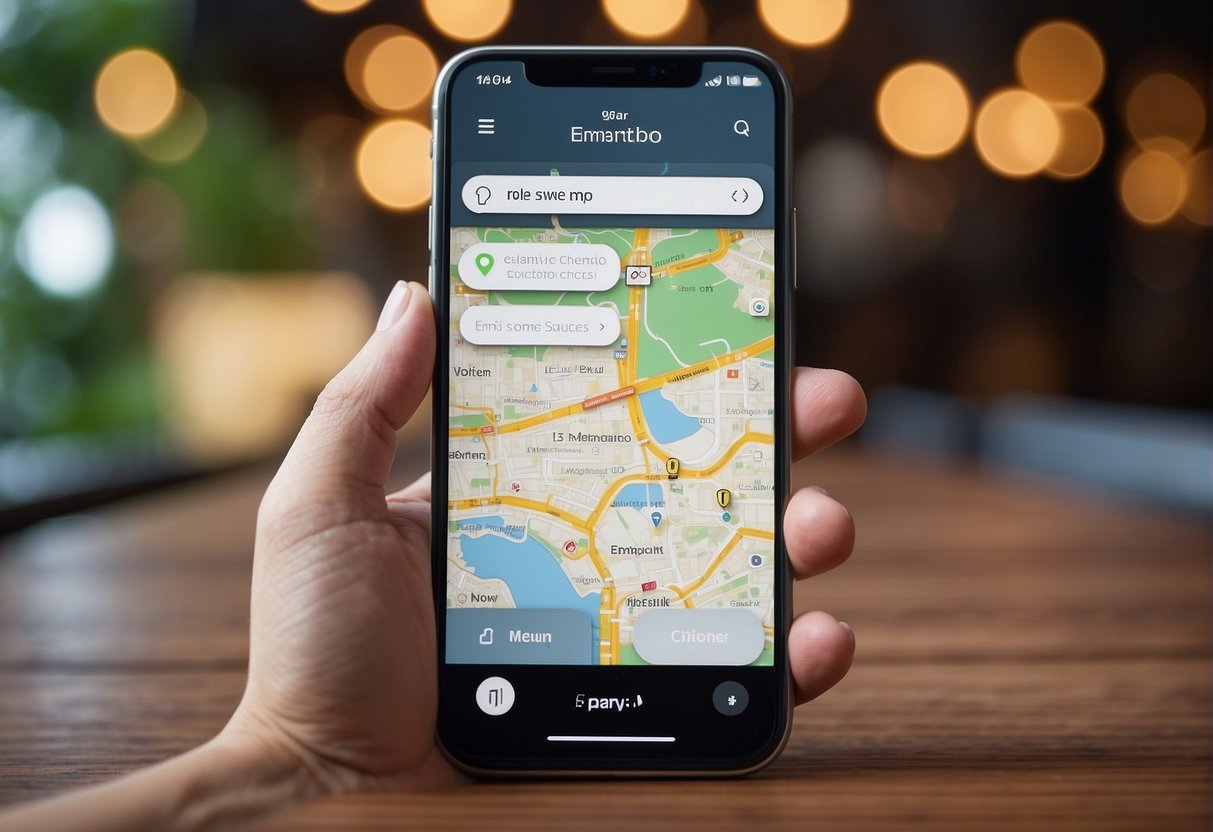
When it comes to designing the menu layout for mobile devices, there are several best practices that designers should follow. By following these guidelines, designers can ensure that users can easily navigate the app or website and find what they are looking for quickly and efficiently.
Effective Use of Space
One of the most important aspects of designing a mobile menu layout is effective use of space.
With limited screen real estate, it’s essential to make every pixel count. Designers should aim to use the available space as efficiently as possible while still ensuring that the menu is easy to use and navigate.
One way to achieve effective use of space is to use collapsible menus or accordions. This design pattern allows users to expand or collapse menu items as needed, reducing clutter and making it easier to find what they are looking for.
Visual Hierarchy and Contrast
Another important aspect of mobile menu design is visual hierarchy and contrast.
By using contrasting colors and font sizes, designers can draw attention to important menu items and make them stand out from the rest.
Visual hierarchy can also be achieved through the use of icons and imagery.
By using recognizable icons and images, designers can help users quickly identify menu items and navigate the app or website more easily.
Simplifying Categories and Menus
Finally, designers should aim to simplify categories and menus as much as possible.
Too many options can overwhelm users and make it difficult to find what they are looking for.
By simplifying categories and menus, designers can help users quickly find the information they need and improve the overall user experience.
To achieve this, designers should consider grouping similar items together and using clear, concise labels for menu items. They should also avoid using jargon or technical terms that users may not understand.
Interactive Elements for Navigation
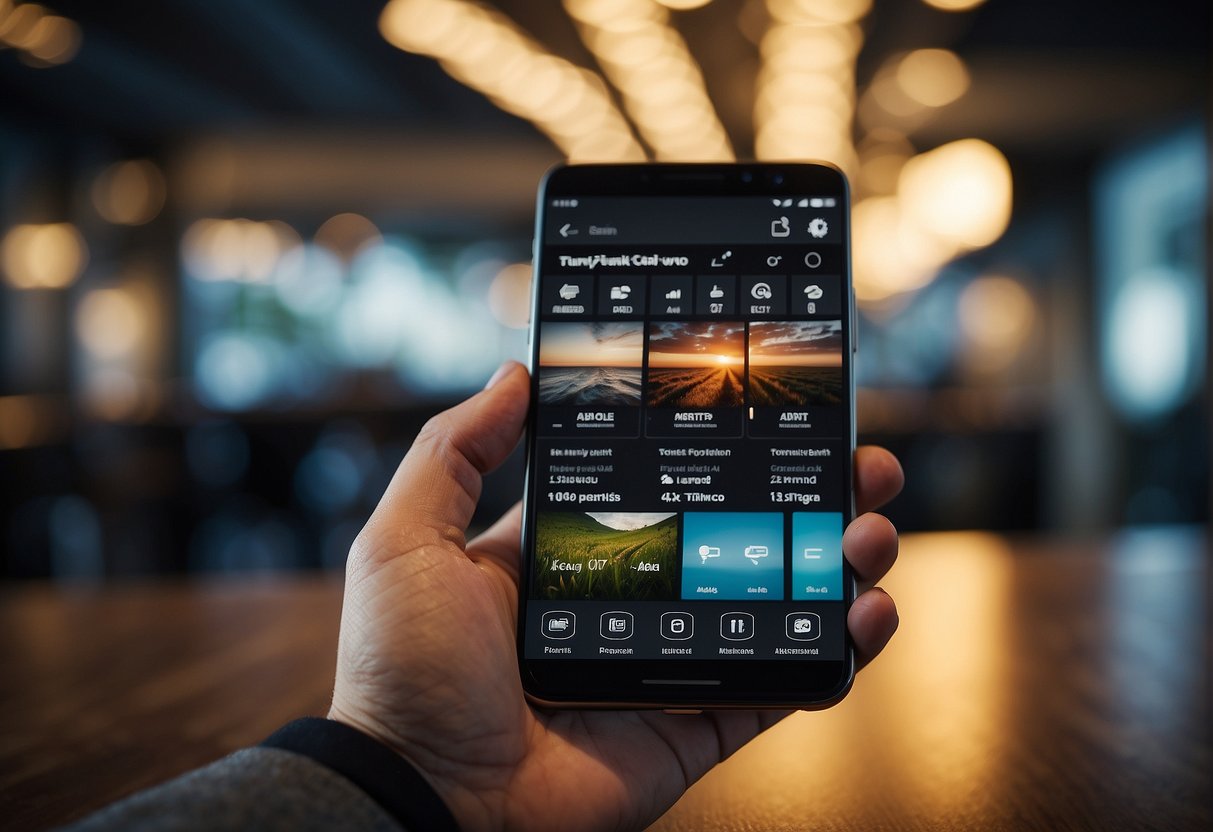
When it comes to designing a mobile navigation menu, there are several interactive elements that can be utilized to enhance the user experience. Two of the most important elements are icons and labels, which can be combined to create a clear and user-friendly navigation system.
Utilizing Icons and Labels
Icons are an effective way to communicate information quickly and clearly, especially on mobile devices where screen space is limited.
They can be used to represent common navigation elements such as home, search, and settings. However, it’s important to remember that icons alone may not be sufficient for all users, so labels should also be included to provide additional context and clarity.
Labels can be used to supplement icons, providing more information about the function of each navigation element.
They should be short and concise, making it easy for users to quickly understand the purpose of each menu item. Additionally, labels should be placed in close proximity to their corresponding icons to avoid confusion.
Enhancing with Animation and Feedback
Animation and feedback can also be used to enhance the mobile navigation experience.
Animations can be used to provide visual cues that help guide users through the navigation process. For example, a simple animation can be used to indicate that a menu item has been selected.
Feedback is another important element that can be used to improve the user experience.
Feedback can take many forms, such as haptic feedback or visual feedback. For example, a button can change color or provide a small vibration to indicate that it has been pressed.
Best Practices for Usability
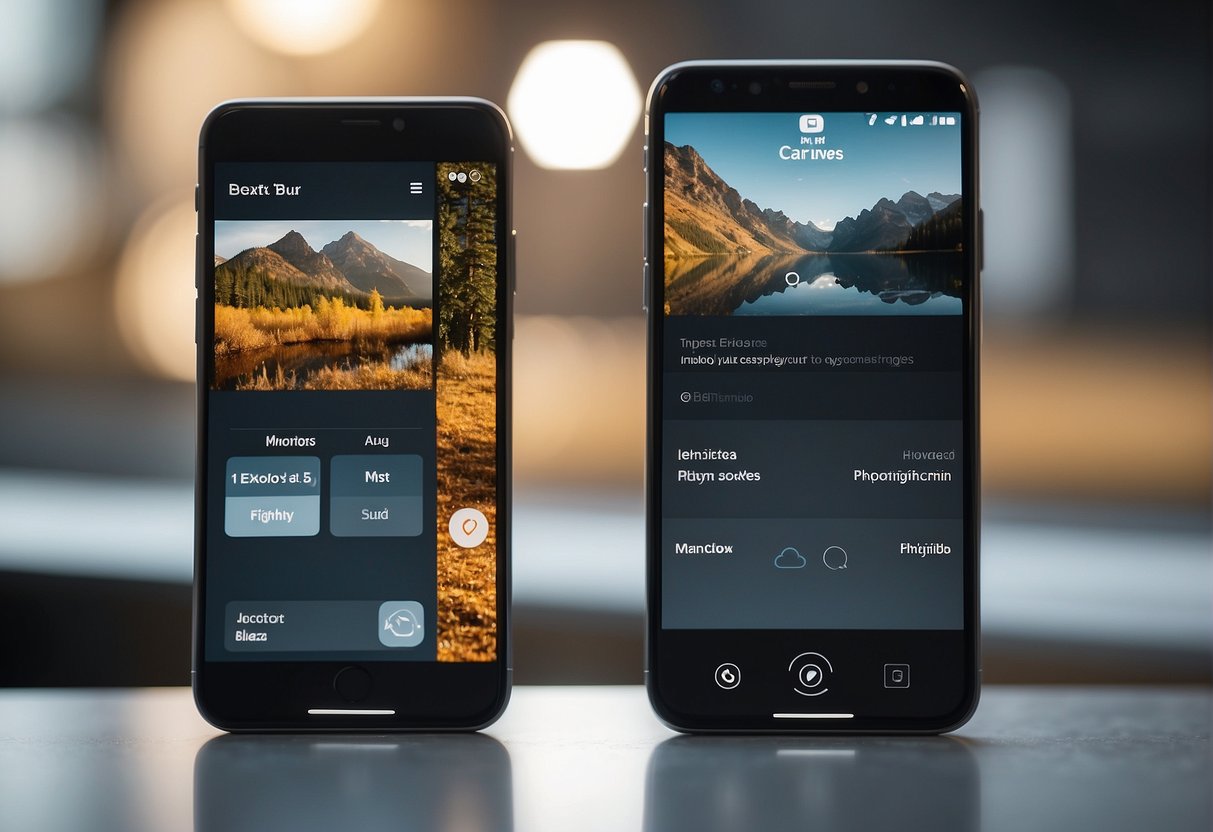
Minimizing Clutter and Distractions
One of the most important aspects of mobile navigation design is minimizing clutter and distractions.
The smaller screen size of mobile devices means that every element on the screen needs to be carefully considered. Including too many elements on the screen can lead to a cluttered and confusing interface, making it difficult for users to find what they are looking for.
To minimize clutter, designers should consider using a minimalist approach to mobile navigation design.
This means using a simple and clean design with clear and concise labels and icons. Designers should also consider using white space to create a sense of visual balance and make it easier for users to focus on the most important elements on the screen.
Clear and Intuitive Navigation Options
Another important aspect of mobile navigation design is providing clear and intuitive navigation options.
Mobile users are often on-the-go and don’t have the time or patience to navigate through a complex interface. Therefore, designers should make it as easy as possible for users to find what they are looking for.
One way to achieve this is by using a clear and concise navigation menu.
Designers should consider using a menu icon that is easy to recognize and understand, such as the hamburger icon. They should also ensure that the navigation menu is easy to access and use, with clear labels and icons that are easy to understand.
In addition to a clear and concise navigation menu, designers should also consider using other navigation options, such as tabs or buttons. These options can be used to provide users with quick access to important features or information, making it easier for them to navigate through the app or website.
Optimizing for Different Devices
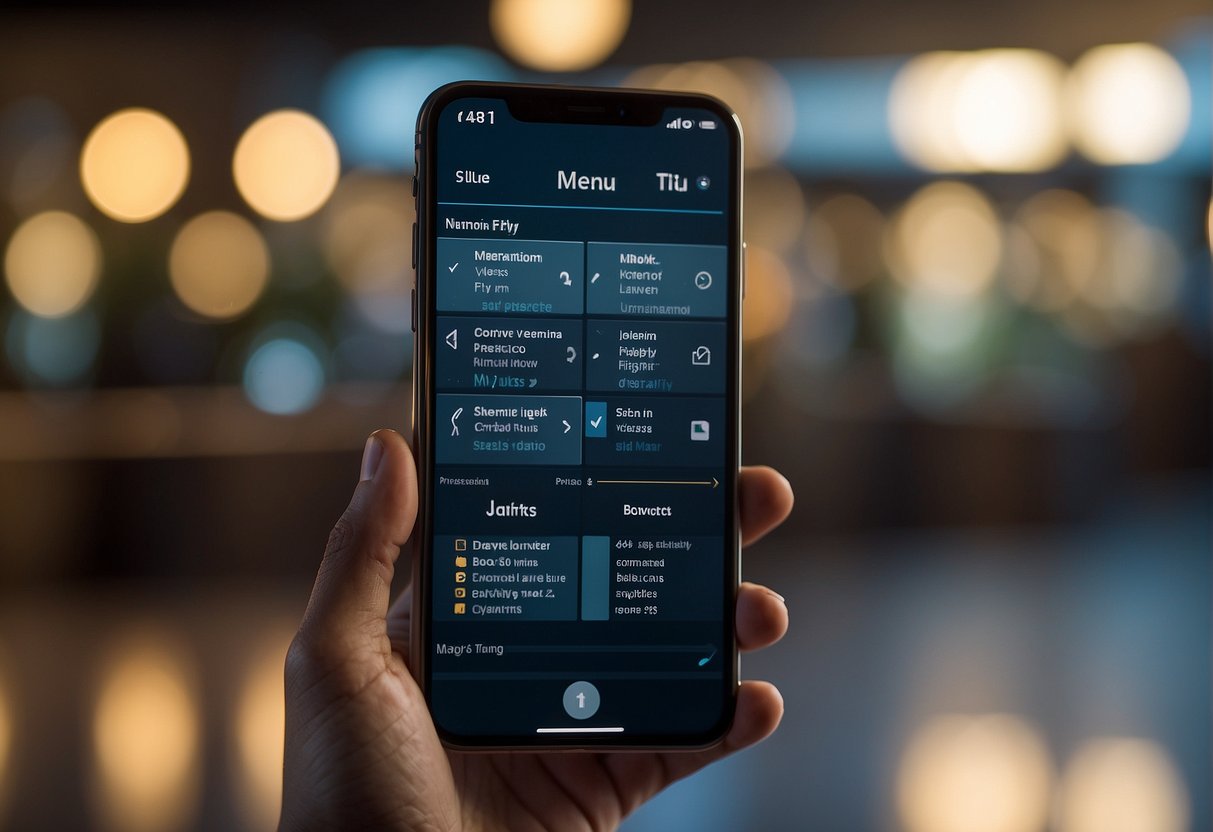
Mobile devices come in a variety of sizes and shapes, and it is essential to optimize your navigation menu for different devices. The following subsections will discuss how to adapt to iOS and Android variations and considerations for responsive web design.
Adapting to iOS and Android Variations
iOS and Android devices have subtle differences in how they display and interact with navigation menus.
For instance, iOS devices use a back button to navigate to the previous page, while Android devices use a dedicated back button. Additionally, iOS devices have a tab bar at the bottom of the screen, while Android devices have a navigation drawer that slides in from the left.
To optimize your navigation menu for different devices, you should consider the following:
- Use platform-specific design guidelines to ensure consistency with the device’s native interface.
- Use standard navigation patterns such as the hamburger menu or tab bar.
- Use icons that are recognizable across different platforms.
Responsive Web Design Considerations
Responsive web design is an approach to web design that aims to provide an optimal viewing experience across different devices.
When designing a responsive navigation menu, you should consider the following:
- Use a responsive layout that adapts to different screen sizes.
- Use touch-friendly navigation elements such as large buttons and clear labels.
- Use a hamburger menu or tab bar to save space on smaller screens.
- Use clear and concise labels to avoid cluttering the menu.
- Use consistent navigation patterns across different devices.
By optimizing your navigation menu for different devices, you can ensure that your mobile website is accessible and user-friendly across a range of devices.

